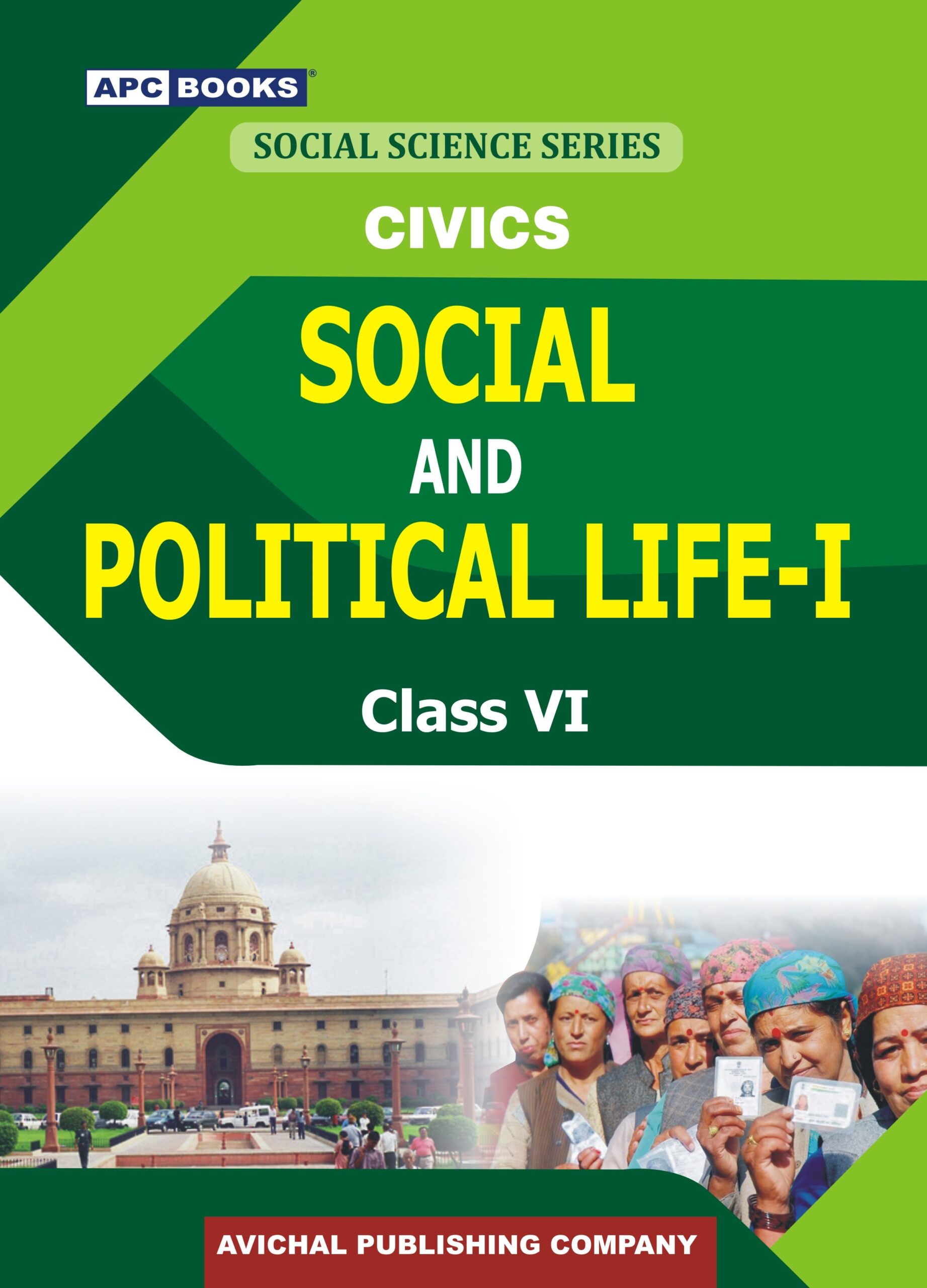About the book
The book Civics: Social and Political Life – I is divided into 10 chapters.
- Chapter 1 displays the diversities of Indian life. It focuses on the fact that Indians speak different languages and have faith in different religions, but they have cultural and political unity.
- Chapter 2 explains the difference between Diversity and Inequality. Our Constitution directs us to respect diversity, but it proclaims Equality as the bedrock of Indian polity. The country should be proud of the Constitution-makers who enacted that “the State shall not discriminate against any citizen on grounds of religion, race, caste, sex, place of birth or any of them.”
- Chapter 3 enables students to gain a sense of why Government is required. Universal Adult Suffrage is an outstanding feature of our Constitution. It swept away in one stroke all undemocratic conditions laid down in the past to be eligible for Voting.
- Chapter 4 analyses the decision-making process in a democratic government. It would tell you about the Suffrage is an outstanding feature of our Constitution. It swept away in one stroke all undemocratic conditions laid down in the past to be eligible for Voting.
- Chapter 5 provides an overview of Panchayati Raj Institutions (PRIs) in India. The Panchayati Raj is a three-tier system: Panchayats at the Village level, the Block or Panchayat Samitis at Block level and a Zila Parishad at the district level. The discussion in this chapter is confined to the Panchayati Raj bodies at village level alone.
- Chapter 6 deals with Panchayati Raj institutions at the Block and District levels. It shows how the various levels of local administration are all interconnected.
- Chapter 7 deals with Urban Local-Self Government, the municipal bodies, their elections and decision-making structures existing in urban India.
- Chapter 8 develops an awareness of rural Administration. It focuses mainly on land disputes and shows what role is being played by the Patwari, the other revenue officers and the local police in resolving such disputes. The New Inheritance Act that entitled daughters and the widow equal shares in the land and property of the deceased comes as a boon to females of the country.
- Chapter 9 discusses various types of Rural Livelihoods in detail. It emphasizes differences between the middle farmers, the landless labourers and large farmers.
- Chapter 10 shows the differences between various occupations in urban India. It explains the differences between those who are self-employed and others engaged in regular and casual professions or employments.
About the author
Testimonials




Reviews